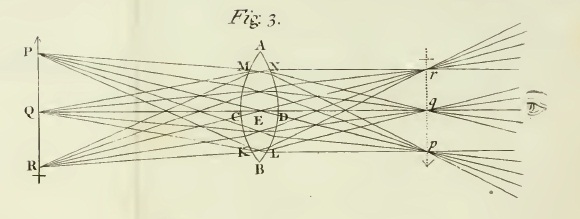
Head photo:Konishi, oil and canvas.
By C.B. LIDDELL
Special to The Japan Times
The term "Primary Field" can either mean a group of aspirant candidates (in the United States) or an idea from physics that most laymen will find hard to understand; so the title of the "Primary Field II" exhibition at the Museum of Modern Art Hayama is surprisingly apt. Like many group shows of contemporary art, it gathers together a selection of artists who still have the weight of unfulfilled expectation on their shoulders, and whose art is likely to leave some members of the public scratching their heads.

Simple pleasure: "A Hot Spring Bath (Red)" by Nobuyuki Takahashi (2008) BASE GALLERY, TOKYO
The first Primary Field in 2007 focused entirely on sculpture. This time, the selection redresses the karmic imbalance in media by focusing entirely on 2-D art ("paintings," as we shall see, doesn't quite cover it). This progression raises the possibility that the next PF will swing toward yet another media — perhaps video or conceptual art.
But, what about this PF? For a contemporary art exhibition to focus on 2-D art is a path fraught with dangers and challenges. Two-dimensional art is intrinsically the least radical and "transgressive" medium of artistic expression. For better or worse, but probably the latter, contemporary art has — excuse the pun — painted itself into a corner of always challenging every norm and shaking each shibboleth; and this, it seems, is harder to do within the confines of a simple flat plane.
Despite the limitations of the medium, "Primary Field II" works hard to maintain its "contempo" credentials. First of all, it is clear that the seven selected artists have been chosen mainly for the way their diverse approaches explore the full range of possibilities of 2-D art. Luckily, this does not mean a total absence of merit, as the beautiful landscapes of Mana Konishi are an untrammeled joy. But her work is good because it is so traditional and conventional, rather than, as the artist takes pains to assert, because her work cuts images from their contexts to create worlds that are both "familiar and unfamiliar." This kind of edgy spin is merely the kind of tactic that conventional painters have to dig up to be included in shows like this, and is not to be taken seriously.
The realist paintings of Konishi and Mitsuko Miwa, who obviously like furniture, and the more abstract but still recognizably figurative works of Yasue Kodama and Nobuyuki Takahashi provide a middle ground to the exhibition that allows visitors to approach the remaining three, more radical, artists without too much of a jolt.
For example, Kodama's more ambiguous nature paintings are within touching distance of the purer abstraction of Tsuyoshi Higashiyama's. This is partly because Higashiyama's abstraction maintains an organic feel.
There are also affinities between Takahashi's figurative reductionism and the thread art of Zon Ito. The latter's inclusion is an obvious attempt to challenge conventional boundaries, as this "painter" sews to create lines onto his canvases. Both artists deal in figurative minimalism, but while this is largely forced on Ito by his preferred means of expression, Takahashi's simplification is a conscious artistic choice. As a consequence, Takahashi's works have an invigorating sense of how our minds embrace images, and how the artist "destroys" what he sees in order to re-create it on canvas. Ito's works, by contrast, sometimes seem like the meanderings of an insect.

Exploring new artistic terrain: "Joudo 2" (2007) by Mana Konishi DEPOSITED TO SHIZUOKA PREFECTURAL MUSEUM OF ART
The remaining artist at the exhibition is Takeshi Hosaka. He creates simple frame-and-box art decorated with stripes; rather like cubic humbug candies. The only reason I can think of why these uninteresting works are included is because they cross the border into 3-D art, and so tick the all-important curatorial box of challenging "conventional boundaries" again. This, if I may say so, has become its own kind of convention.
From a curatorial point of view, this is undoubtedly a well-designed exhibition. It sets out to show the full amplitude of 2-D art and does so admirably. But, the successful curator, it has to be remembered, is often the natural enemy of the simple art lover.
"Primary Field II" at The Museum of Modern Art, Kamakura & Hayama runs till Jan. 23; open 9:30 a.m.-5 p.m., closed Mon. and Dec. 29-Jan. 3. For more information visit, www.moma.pref.kanagawa.jp

No hay comentarios:
Publicar un comentario